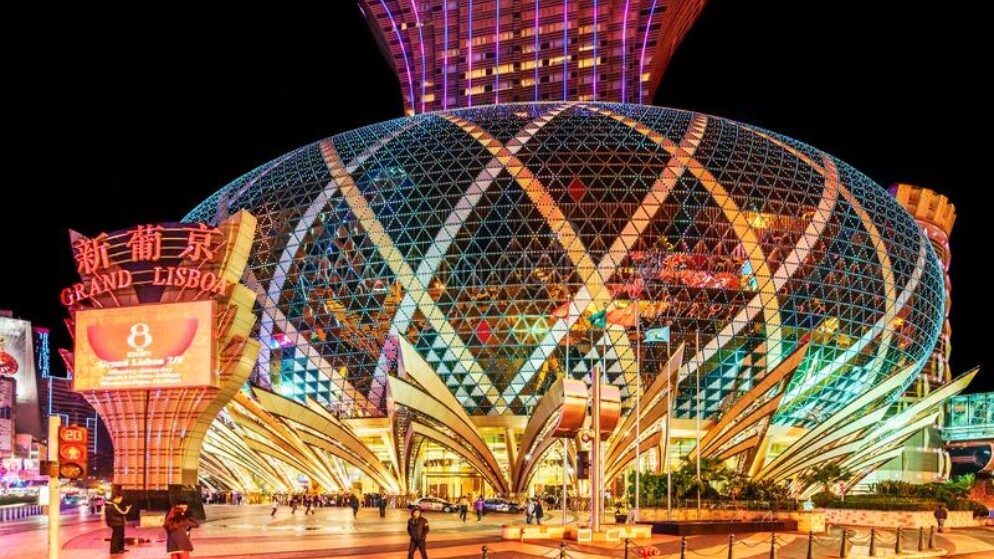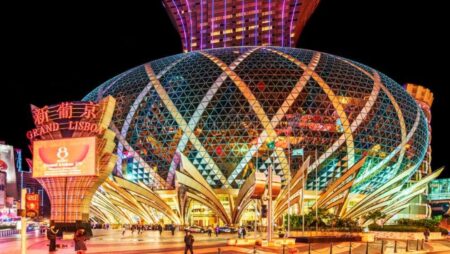

Since their inception, casinos have been a cultural and economic phenomenon. Today, they are enjoyed by millions of people worldwide, generating billions of dollars in revenue each year. From the classic European elegance of Monte Carlo to the glittering skyline of Macau, casinos have been an integral part of our global landscape for over a century. In this article, we’ll explore the history of some of the world’s most iconic casinos, from their humble beginnings to their present-day success.
Monte Carlo Casino, Monaco
When you think of casinos, the first name that comes to mind is often Monte Carlo Casino. Built in the mid-19th century, this casino quickly became the symbol of European glamour and wealth. Situated in the picturesque Monte Carlo district of Monaco, the casino became a destination for the wealthy and elite. The building itself is a masterpiece of Belle Epoque architecture, complete with grand staircases, ornate chandeliers, and intricate murals. It’s said that the casino was even the inspiration for Ian Fleming’s James Bond novels.
The success of Monte Carlo Casino was largely due to the efforts of its founder, Francois Blanc. Blanc was a pioneering entrepreneur who recognized the potential of the gambling industry in the 19th century. He introduced new games to the casino, such as roulette and baccarat, which quickly became popular with patrons. Blanc’s vision for Monte Carlo as a luxurious and sophisticated destination for the rich and famous proved to be a success, and the casino remains one of the most prestigious in the world to this day.
The Venetian, Las Vegas
In the 20th century, Las Vegas became the new center of the gambling industry. The Venetian, which opened in 1999, is one of the most iconic casinos in the city. With its Italian-inspired architecture and gondola rides, The Venetian is a lavish tribute to the city of Venice. The casino is also one of the largest in the world, with over 120,000 square feet of gaming space.
The Venetian was the brainchild of billionaire businessman Sheldon Adelson. Adelson’s vision for the casino was to create a new level of luxury and extravagance in Las Vegas. The result is a casino that features not only gaming but also world-class restaurants, entertainment, and shopping. The Venetian has also been the site of some of the most famous boxing matches in history, including the fight between Oscar De La Hoya and Floyd Mayweather.
The Wynn, Macau
Macau, a former Portuguese colony, is often referred to as the “Las Vegas of the East.” The Wynn, which opened in 2006, is one of the most spectacular casinos in the city. The Wynn is a towering 57-story building that dominates the Macau skyline. The casino is known for its opulence, featuring gold-plated columns, ornate ceilings, and intricate mosaics.
The Wynn was the brainchild of Steve Wynn, a Las Vegas entrepreneur who was already a household name in the casino industry. Wynn recognized the potential of Macau as a gambling destination, and his vision for The Wynn was to create a casino that was both luxurious and innovative. The casino features cutting-edge technology, such as a system that can automatically adjust the temperature and humidity in different areas of the casino based on customer preferences.
From Monte Carlo to Macau, casinos have a rich history that is intertwined with the development of the global economy. The success of these iconic casinos has been due to the vision and innovation of their founders. From Francois Blanc to Sheldon Adelson to Steve Wynn, these entrepreneurs have helped shape the gambling industry into what it is today. They have also helped transform the cities that host these casinos, turning them into world-class destinations that attract millions of visitors each year.
Beyond the luxurious surroundings and high-stakes games, casinos have also played a role in the cultural history of the places where they are located. The Monte Carlo Casino, for example, was a central gathering place for European royalty and aristocrats in the late 19th and early 20th centuries. In Las Vegas, the casinos became the backdrop for countless movies, television shows, and books, helping to establish the city’s reputation as an entertainment capital. In Macau, the casinos have become a symbol of the city’s growing economic power and its increasing prominence on the global stage.
Of course, there are many other iconic casinos around the world that are worth mentioning. The Bellagio, also in Las Vegas, is known for its spectacular fountain show, while the Marina Bay Sands in Singapore boasts a stunning rooftop infinity pool. The Casino de Monte-Carlo, located next to the Monte Carlo Casino, is another historic landmark that has been welcoming visitors for over a century.
In conclusion, the history of the world’s most iconic casinos is a story of innovation, vision, and cultural significance. From the elegance of Monte Carlo to the glitz of Las Vegas to the opulence of Macau, these casinos have captivated audiences for generations. While the gambling industry may have its critics, there is no denying the impact that these iconic casinos have had on the global economy, on the cities where they are located, and on the imaginations of millions of people around the world.
















